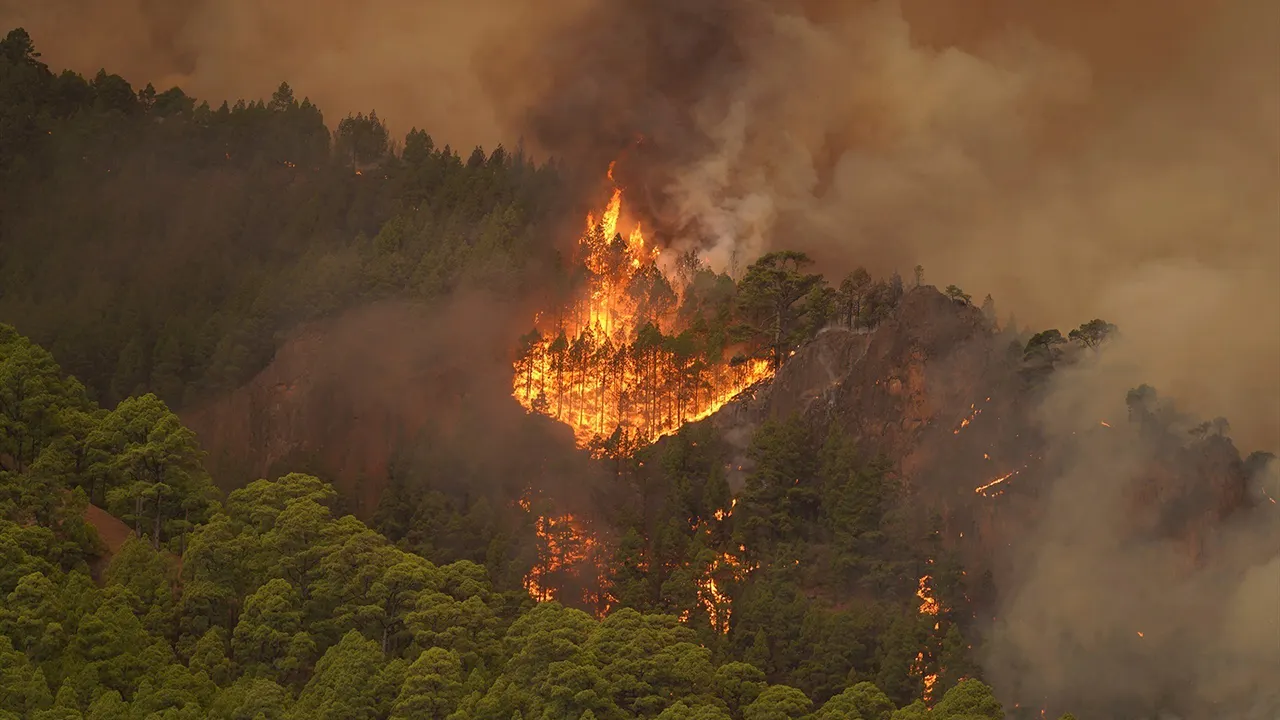Ecuador Declares National Emergency as Wildfires and Drought Worsen

Ecuador Faces Devastating Wildfires and Severe Drought, Declares National Emergency
Ecuador’s government has declared a 60-day national emergency in response to widespread wildfires fueled by an ongoing severe drought. The emergency declaration, announced on Monday, highlights the urgent challenges facing the South American nation, with at least 13 active wildfires burning across the country.
The fires, exacerbated by a drought that has lasted nearly 120 days, are causing significant destruction, particularly in the provinces of Azuay and Loja. These two regions have already seen more than 10,000 hectares (24,700 acres) of land consumed by flames, with emergency officials emphasizing the need for aerial support due to the difficult terrain and the long response times for ground-based firefighting efforts.
Drought and Wildfires Strain Resources
Jorge Carrillo, Ecuador’s Risk Management Secretary, spoke to local radio about the dire situation, noting the extended duration of the drought and the strain it is placing on the country’s resources. “The whole country is suffering the ravages of this great drought,” Carrillo explained, stressing that the fire response is hindered by the challenging landscape and the limited access to many affected areas.
In addition to the fires, Ecuador is grappling with an ongoing energy crisis, which has led to power outages lasting up to 14 hours a day. This further complicates the country’s ability to manage the fires and provide essential services.
Government Response and Regional Impact
The national emergency decree aims to mobilize additional resources to combat the wildfires and mitigate the impact of the drought. Officials are working to secure the necessary support and resources, particularly in the hardest-hit areas, to contain the fires and prevent further damage.
As the crisis continues to unfold, the government is focused on deploying aerial firefighting units and providing aid to communities affected by the fires and water shortages. The situation remains critical as Ecuador’s emergency management team works to address both the immediate dangers and the long-term consequences of the ongoing disaster.



















